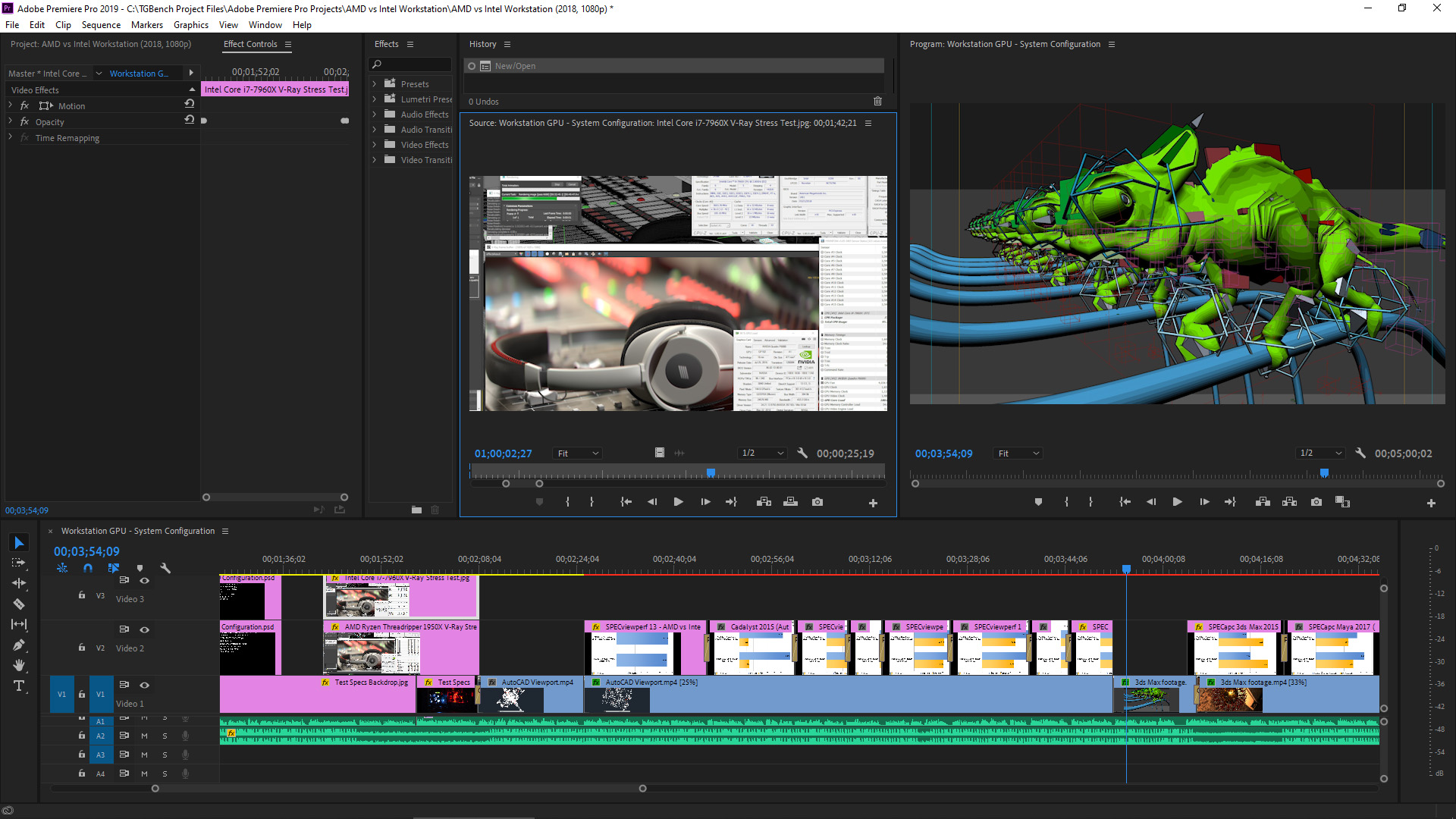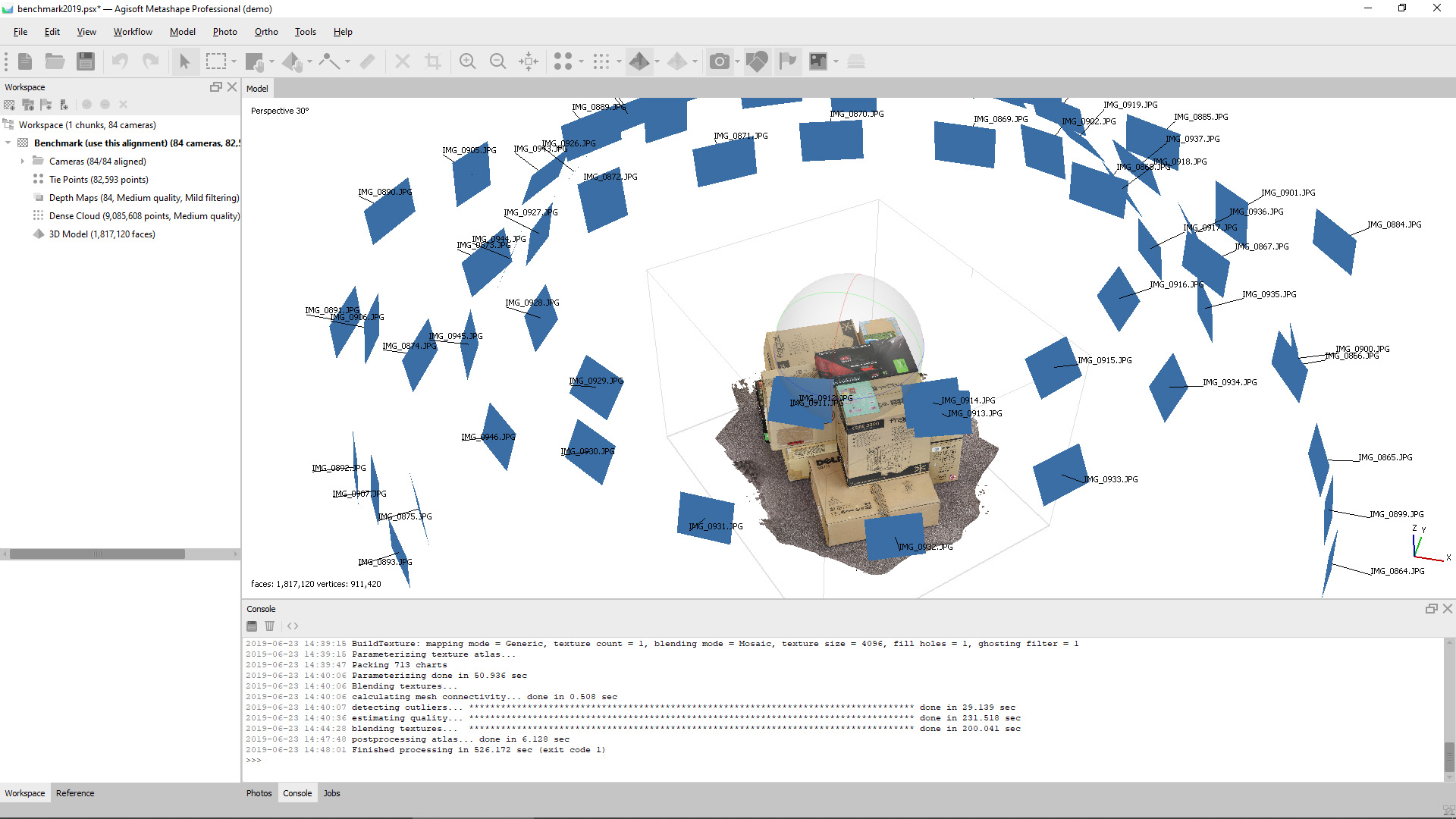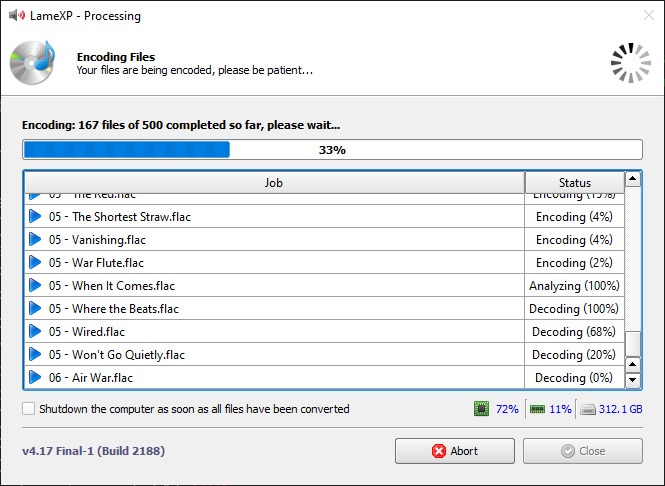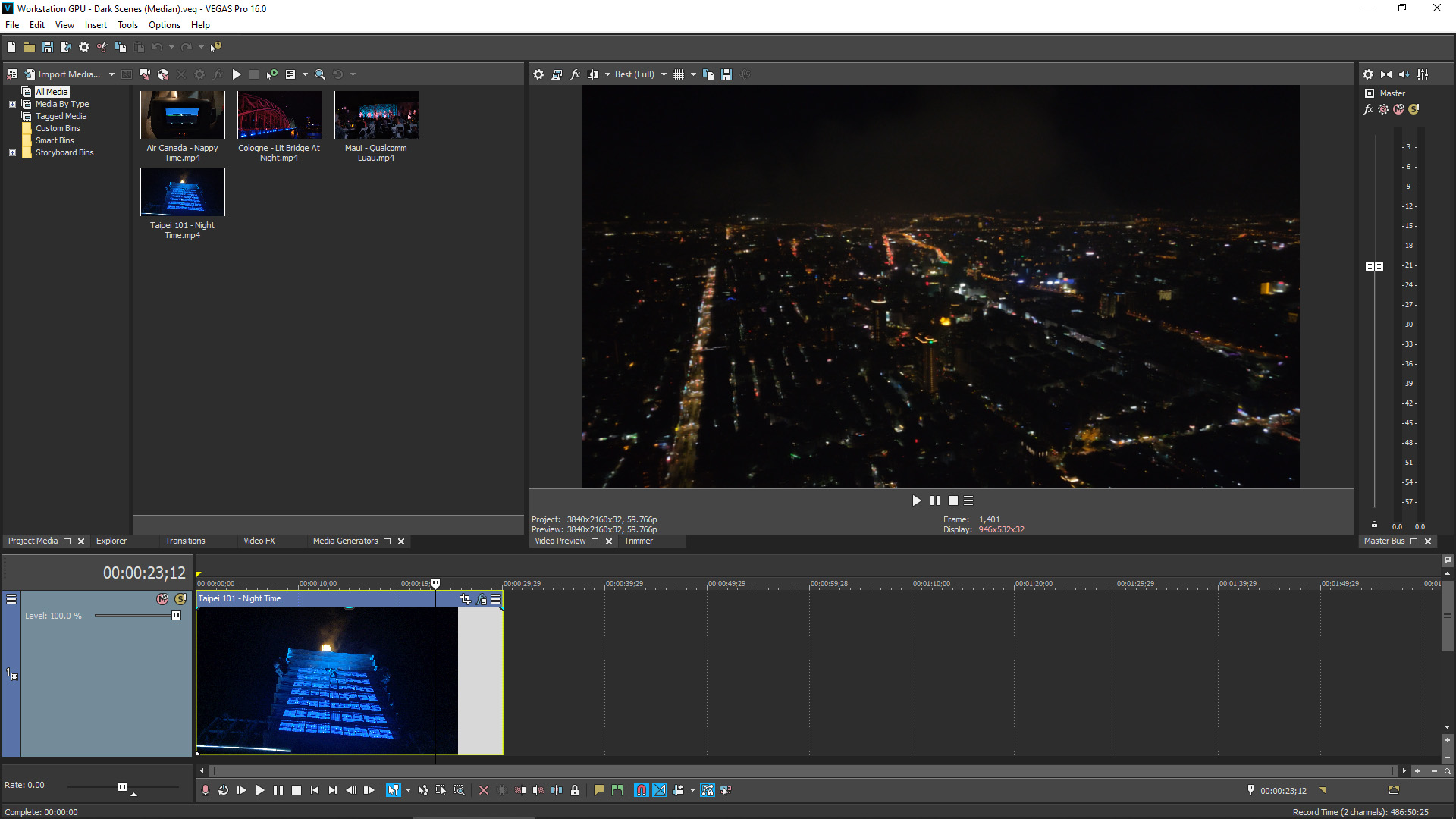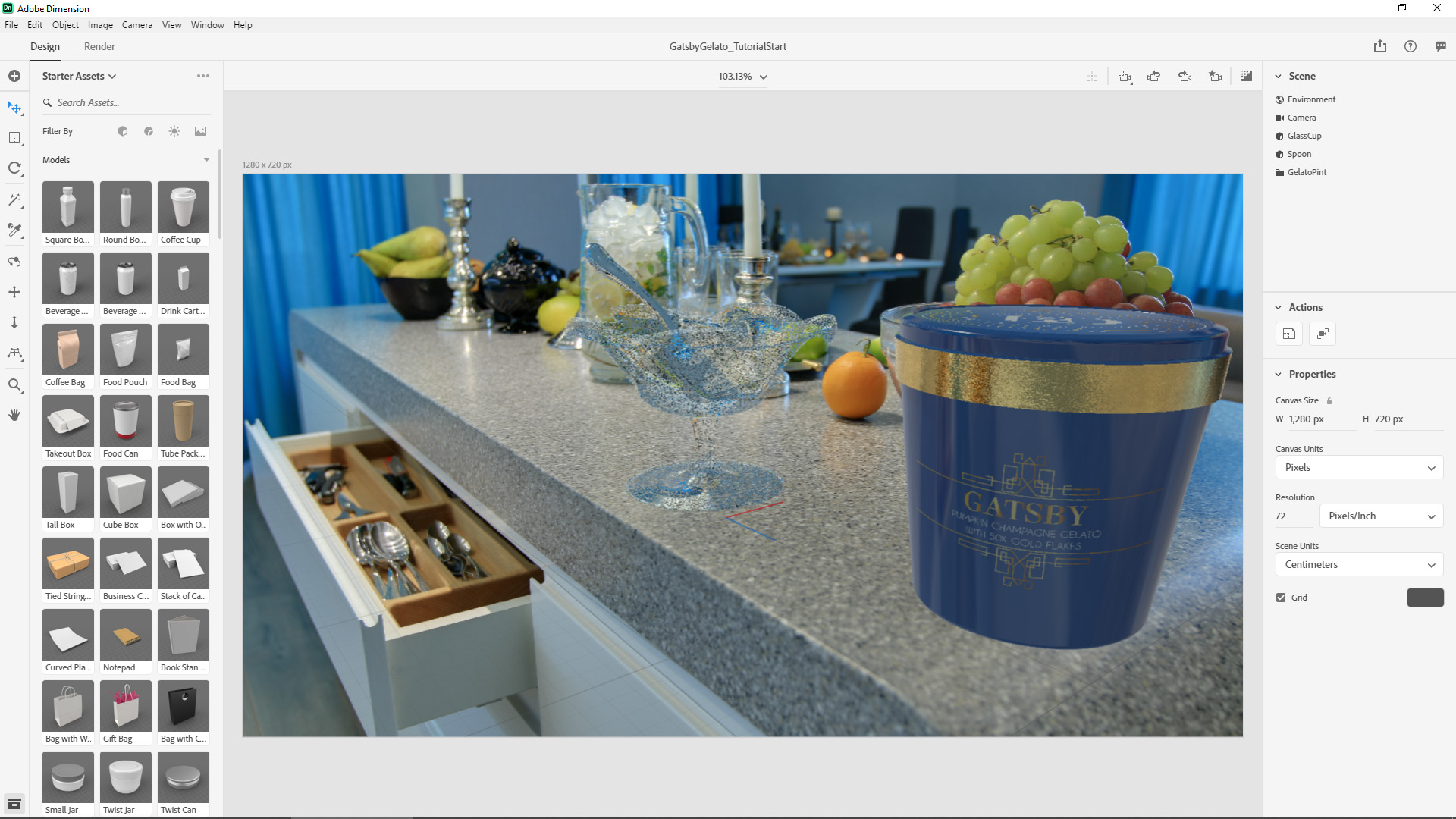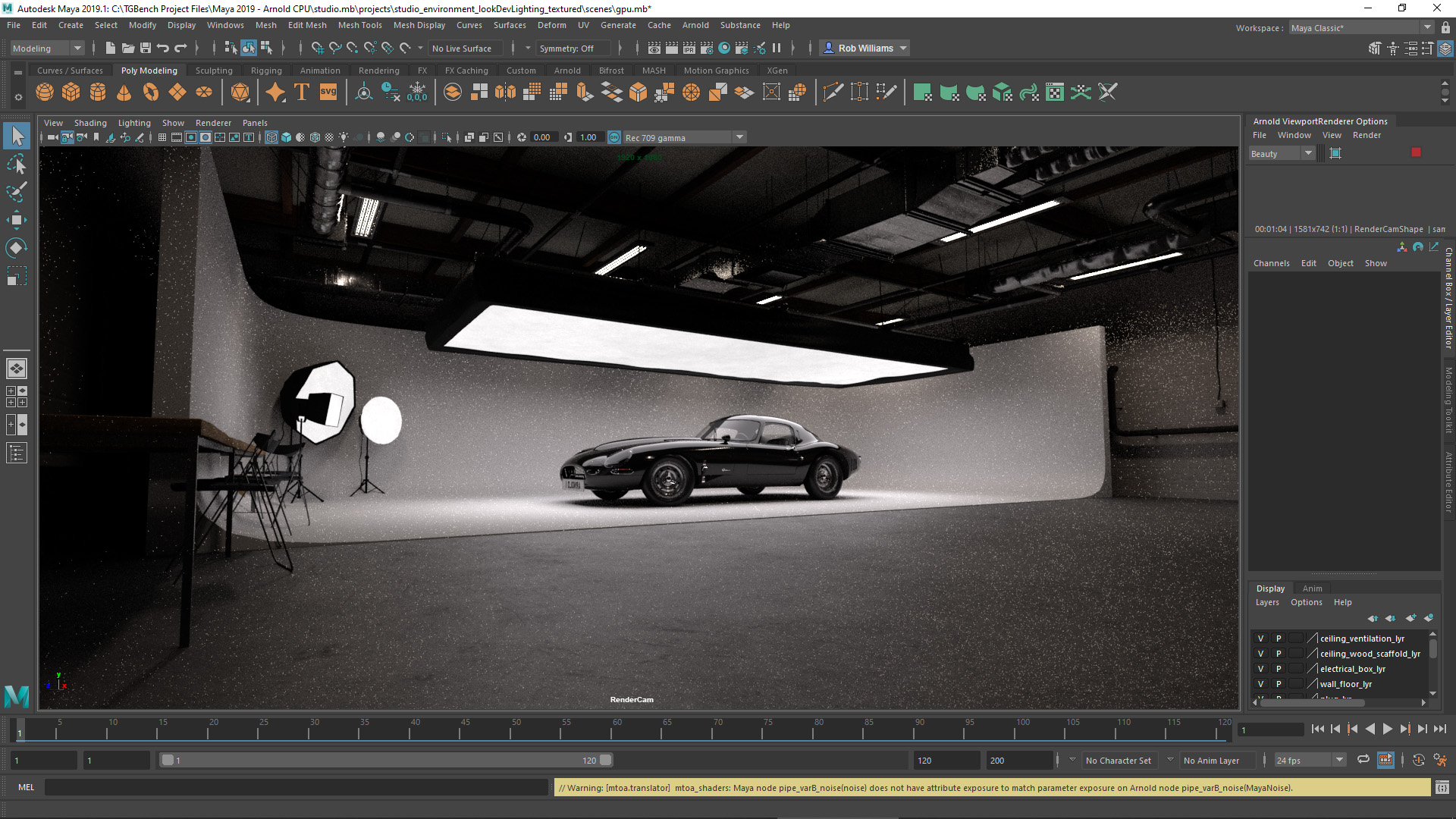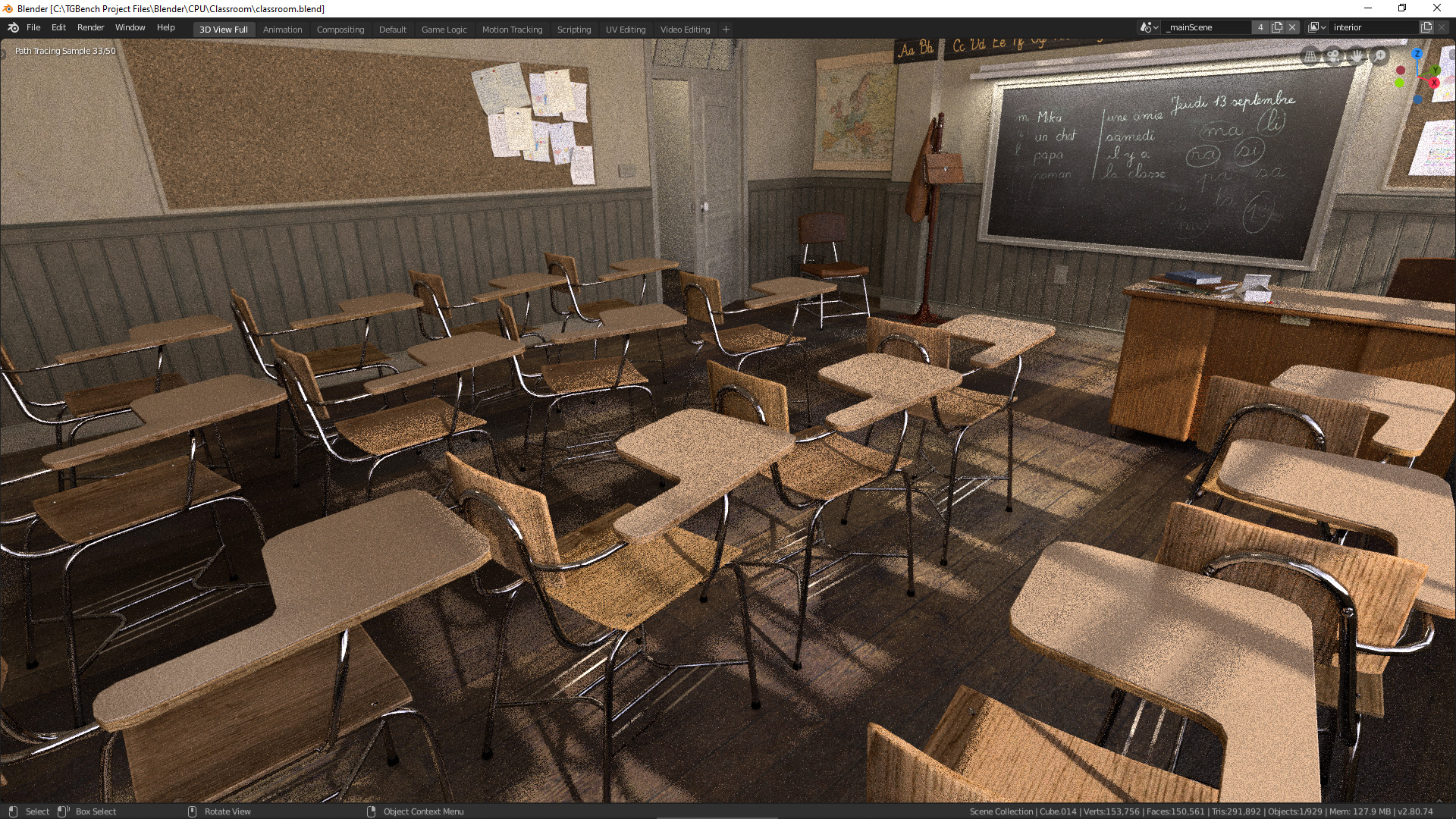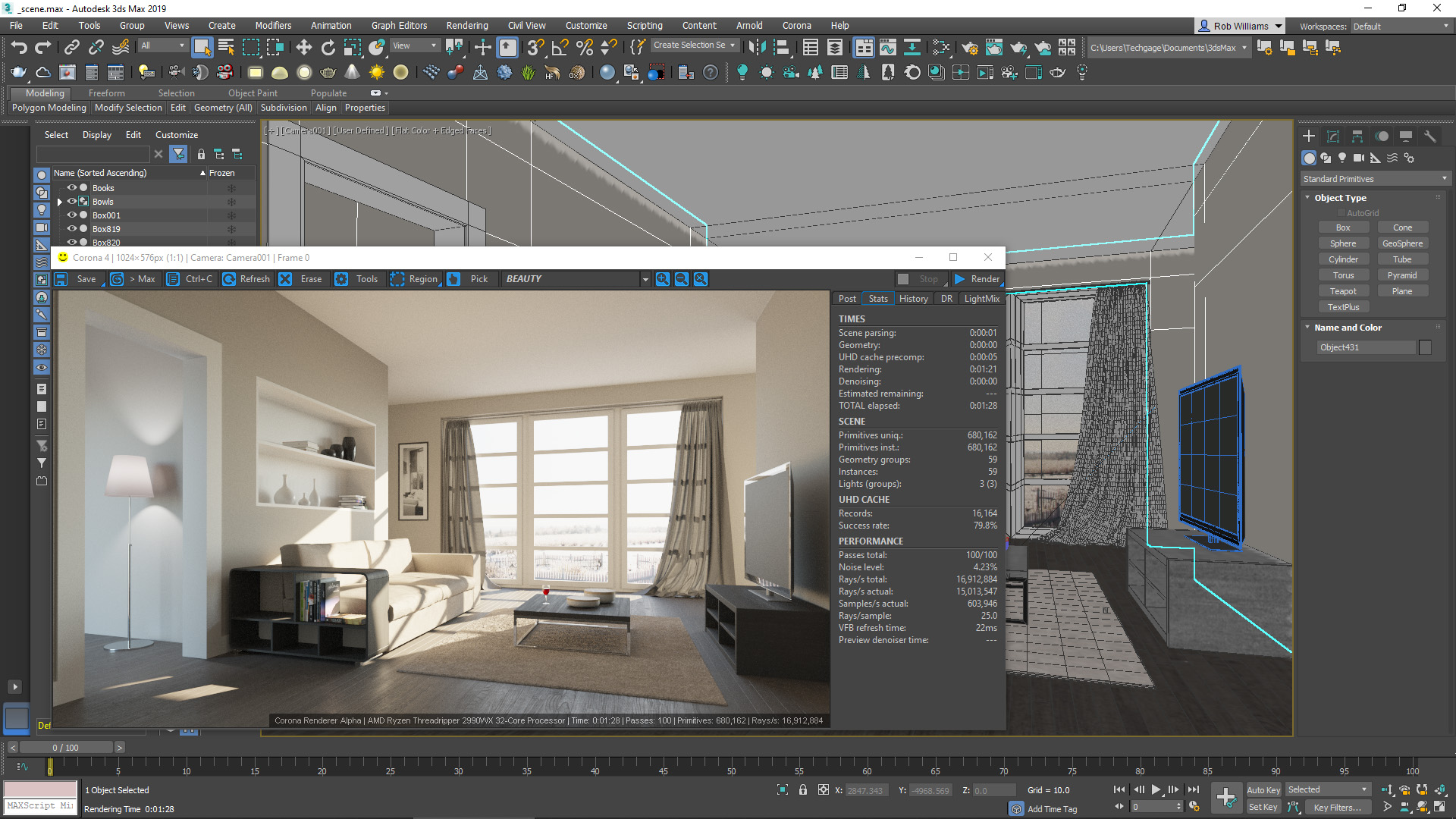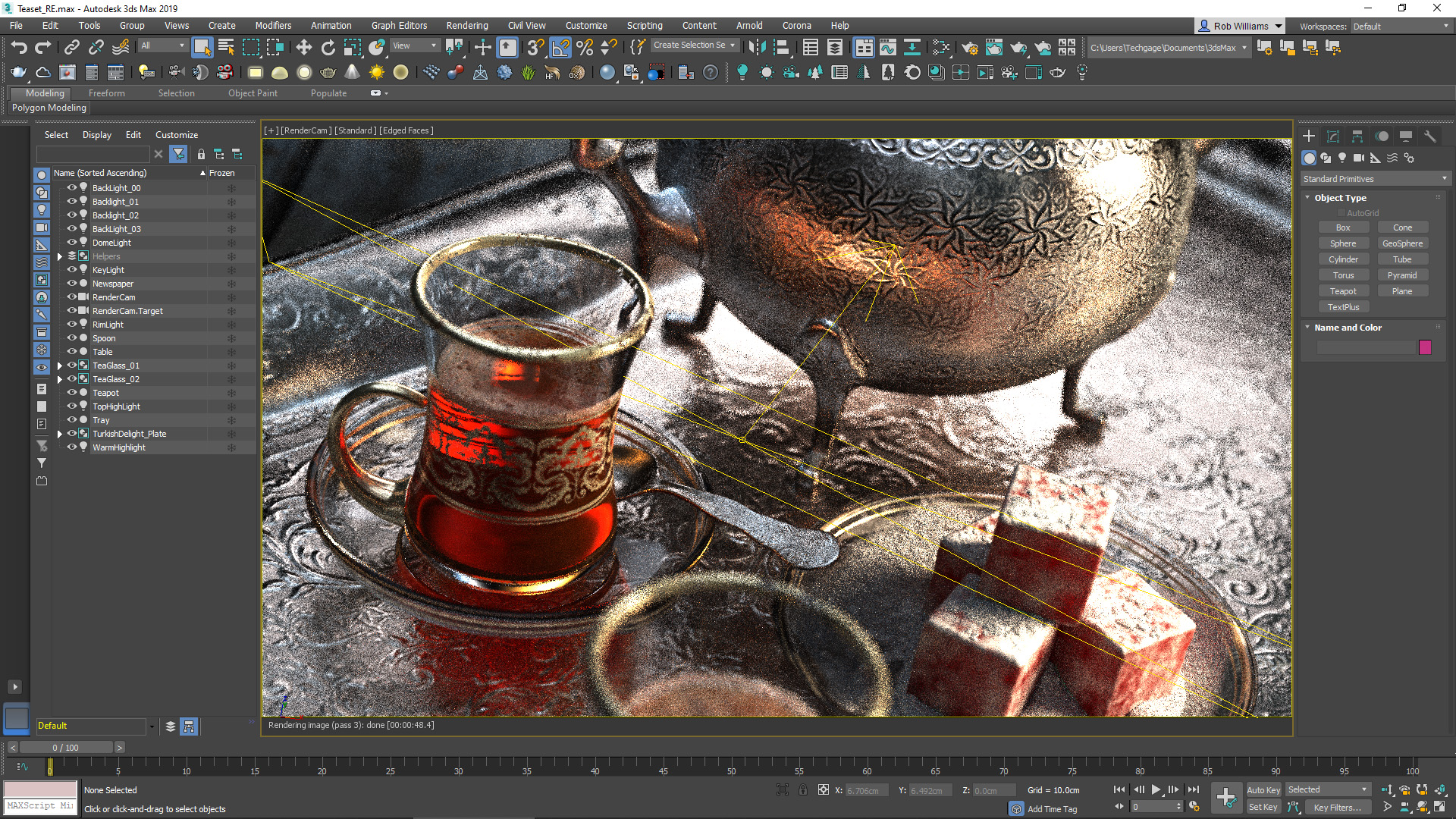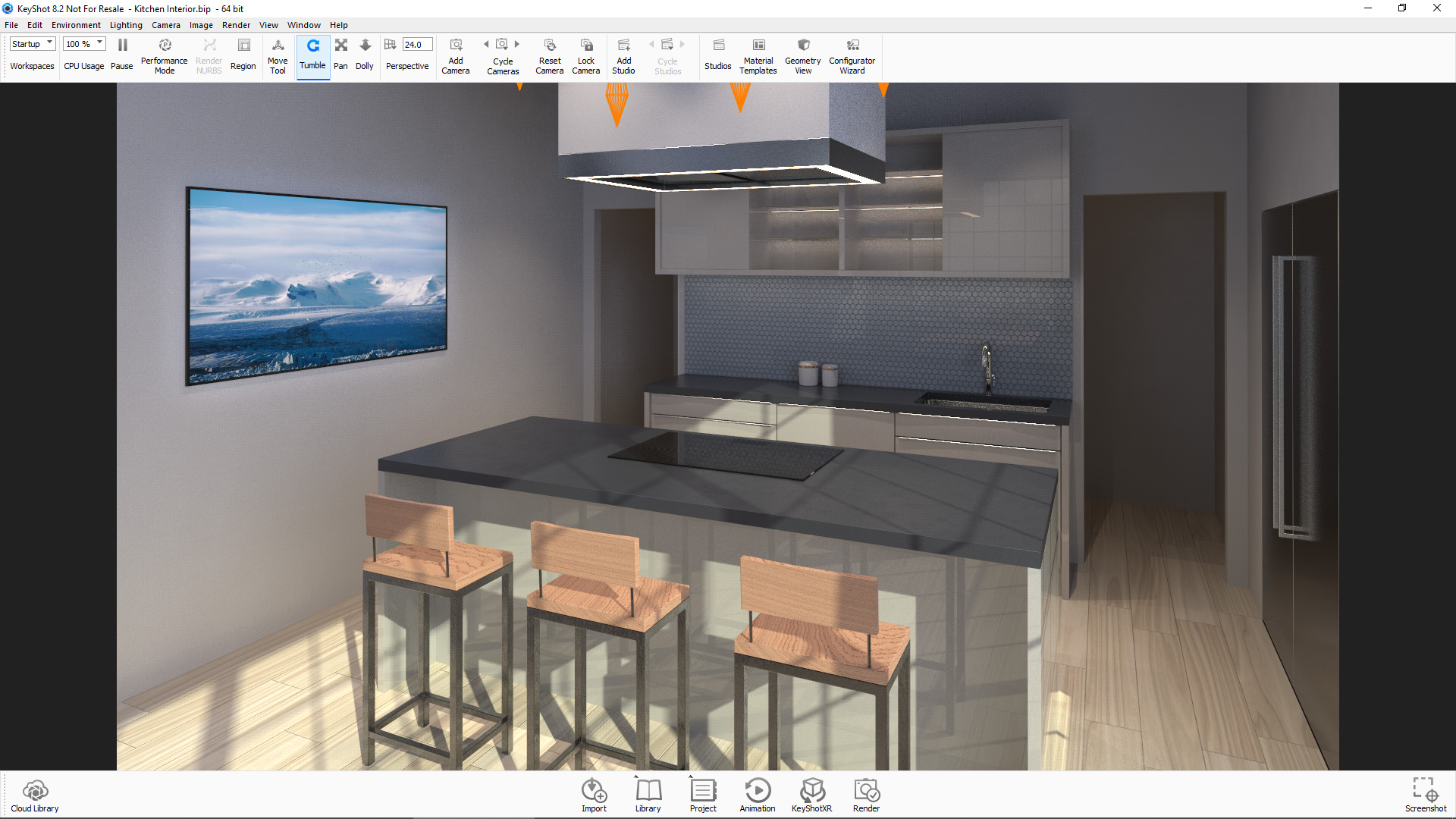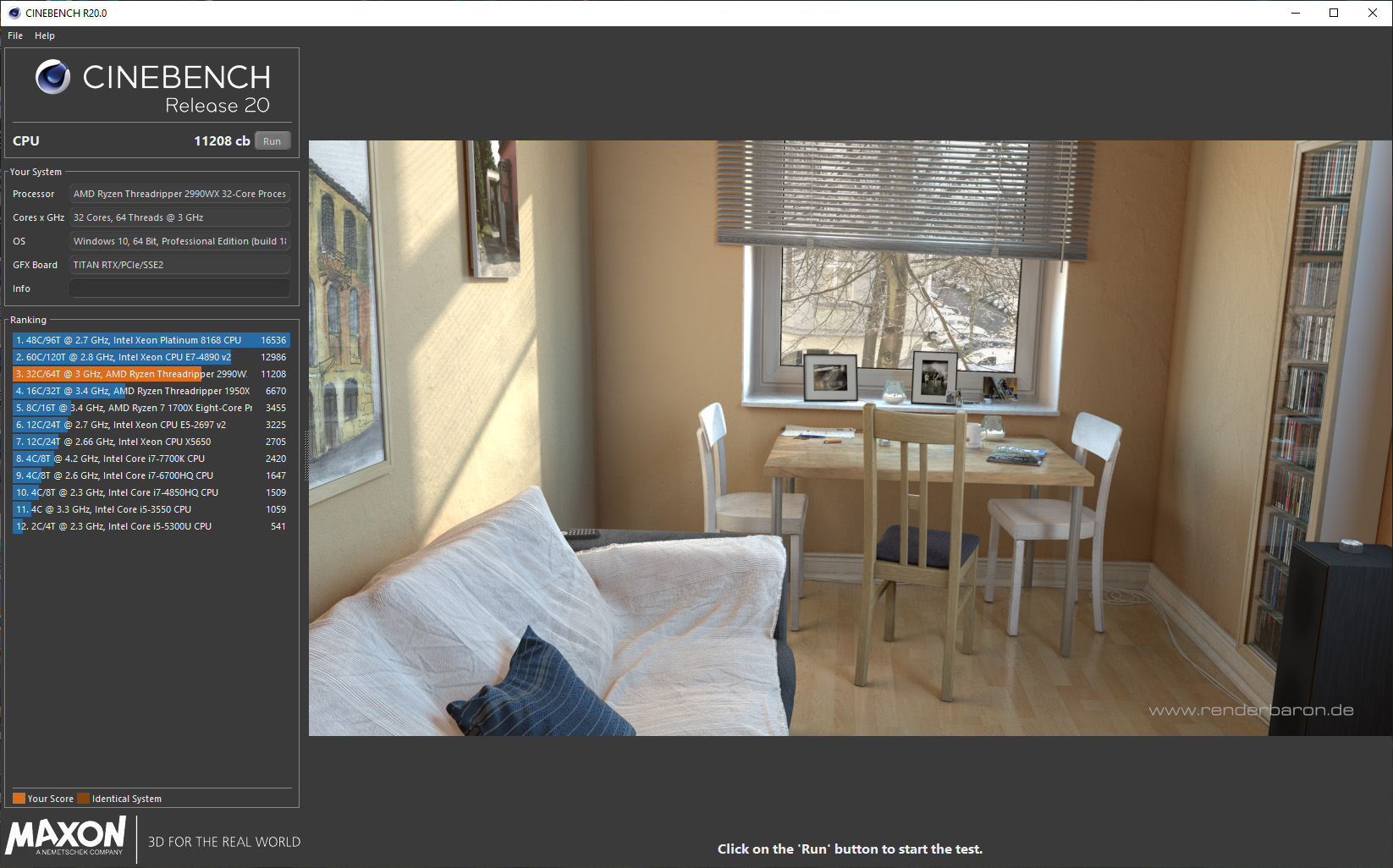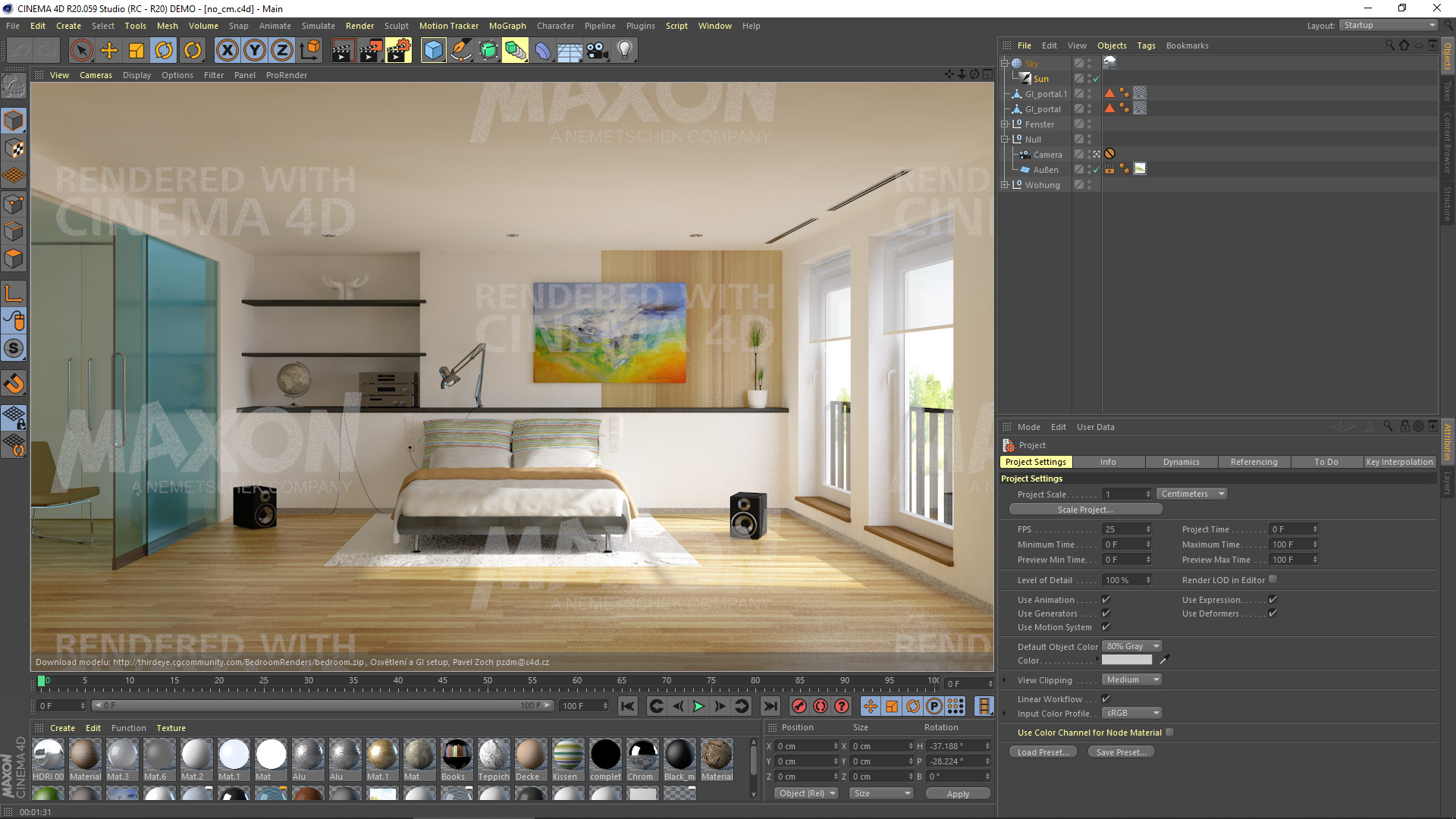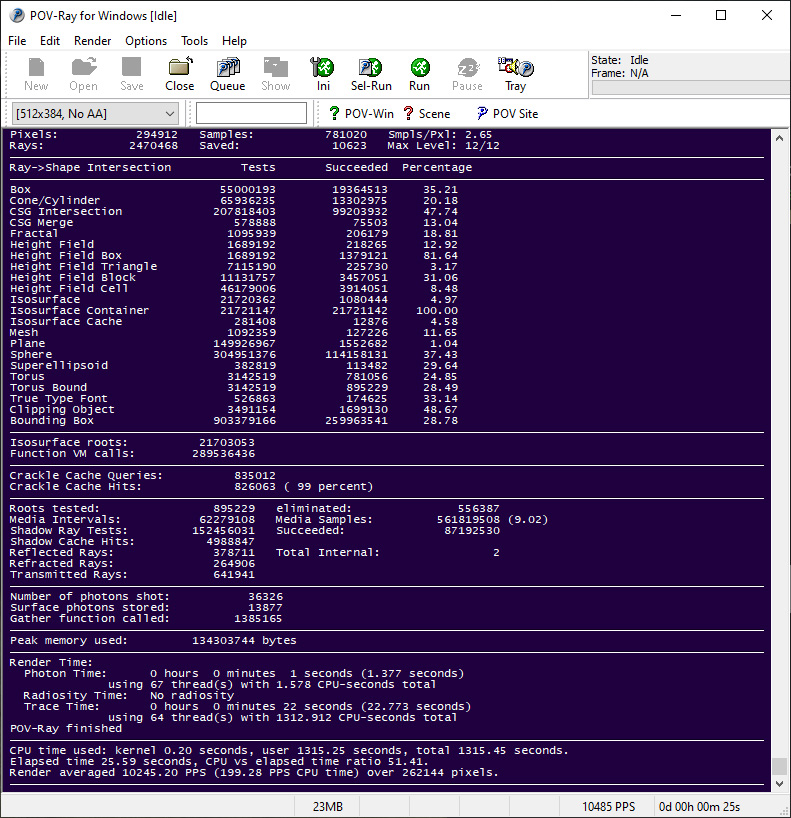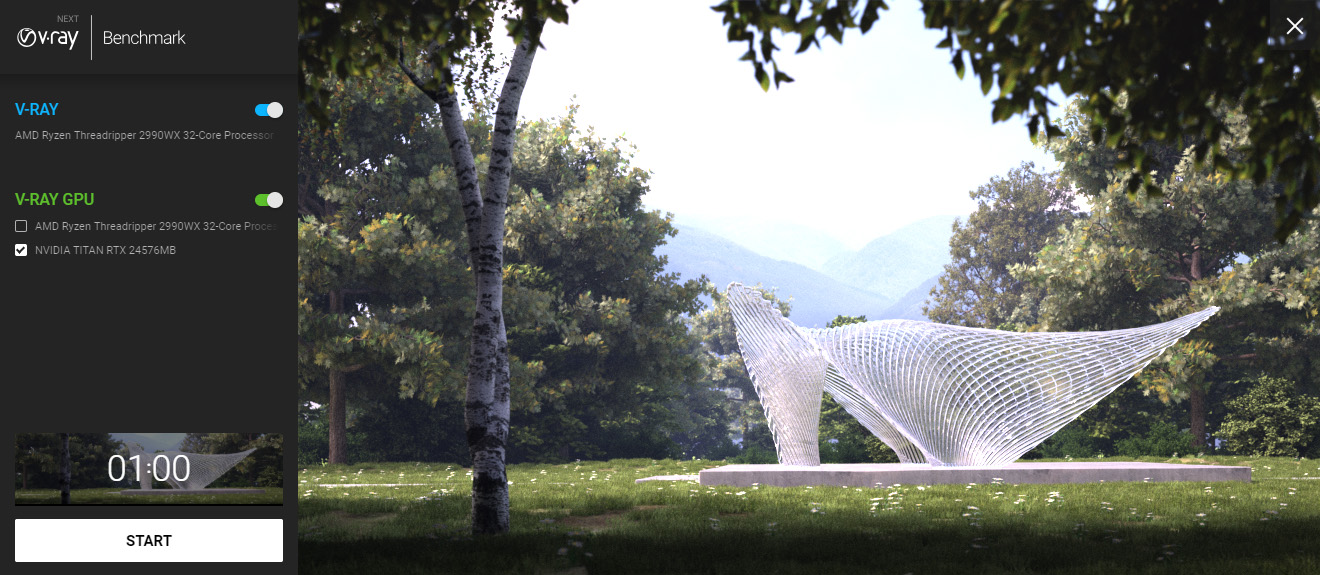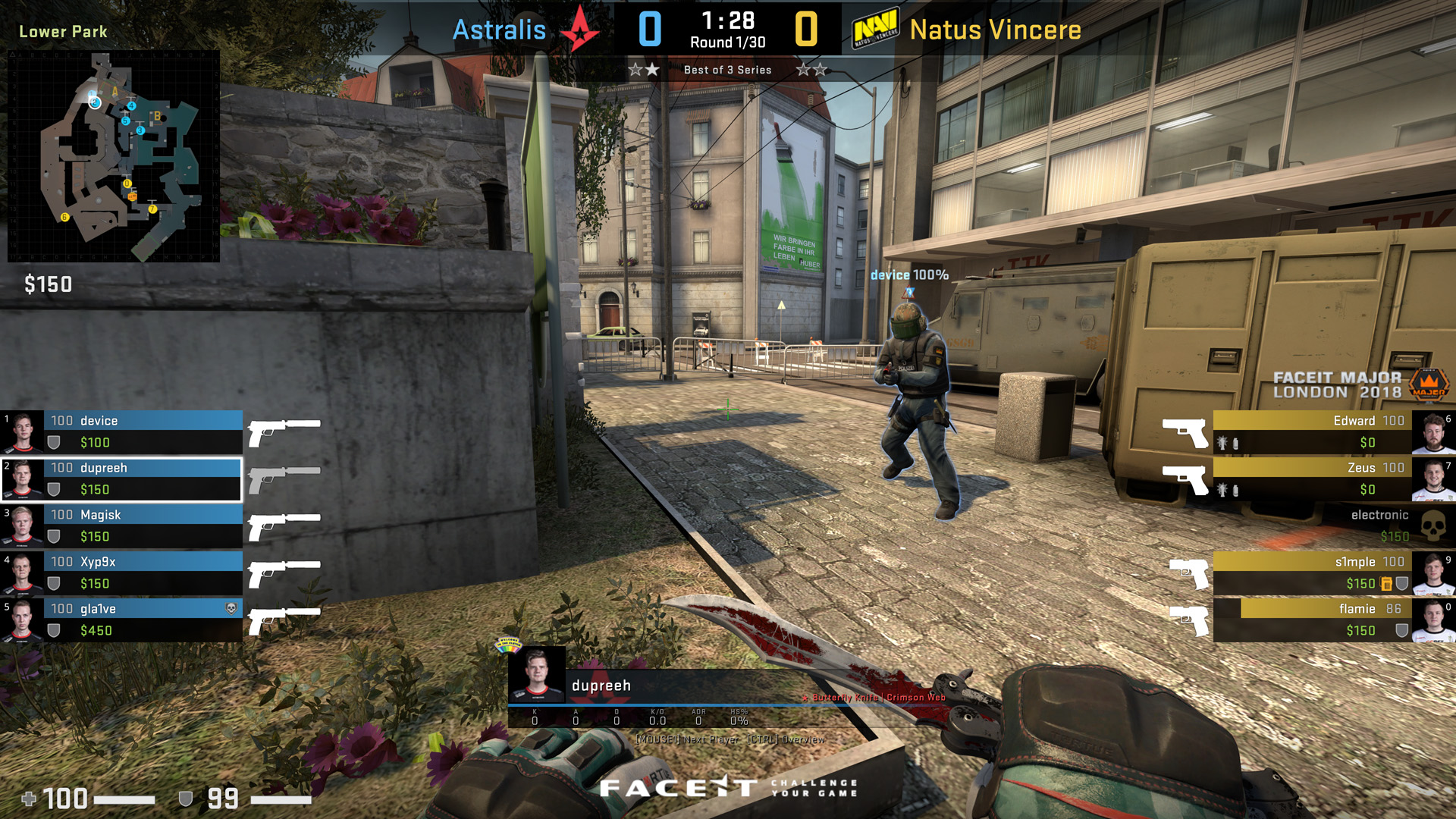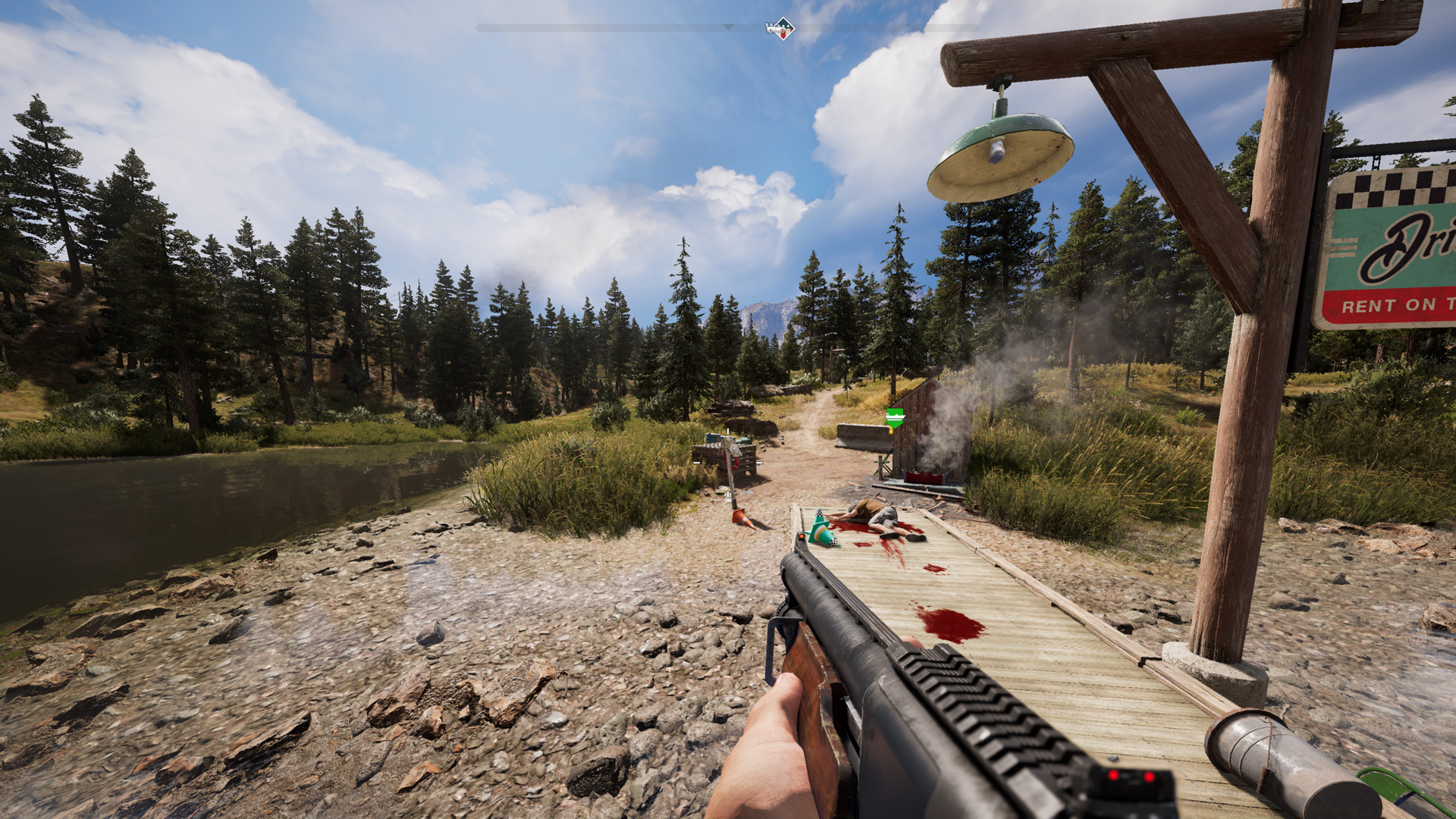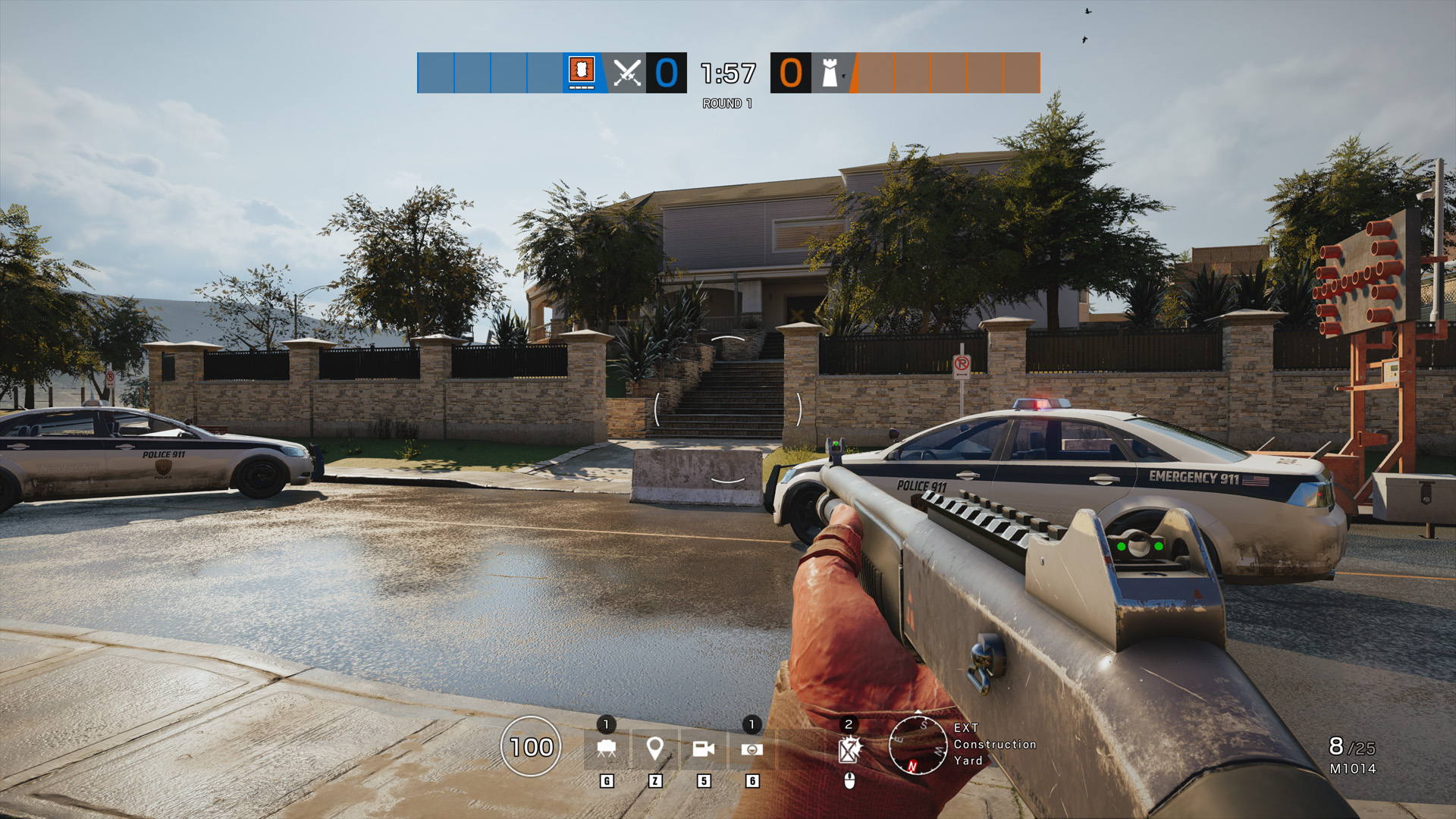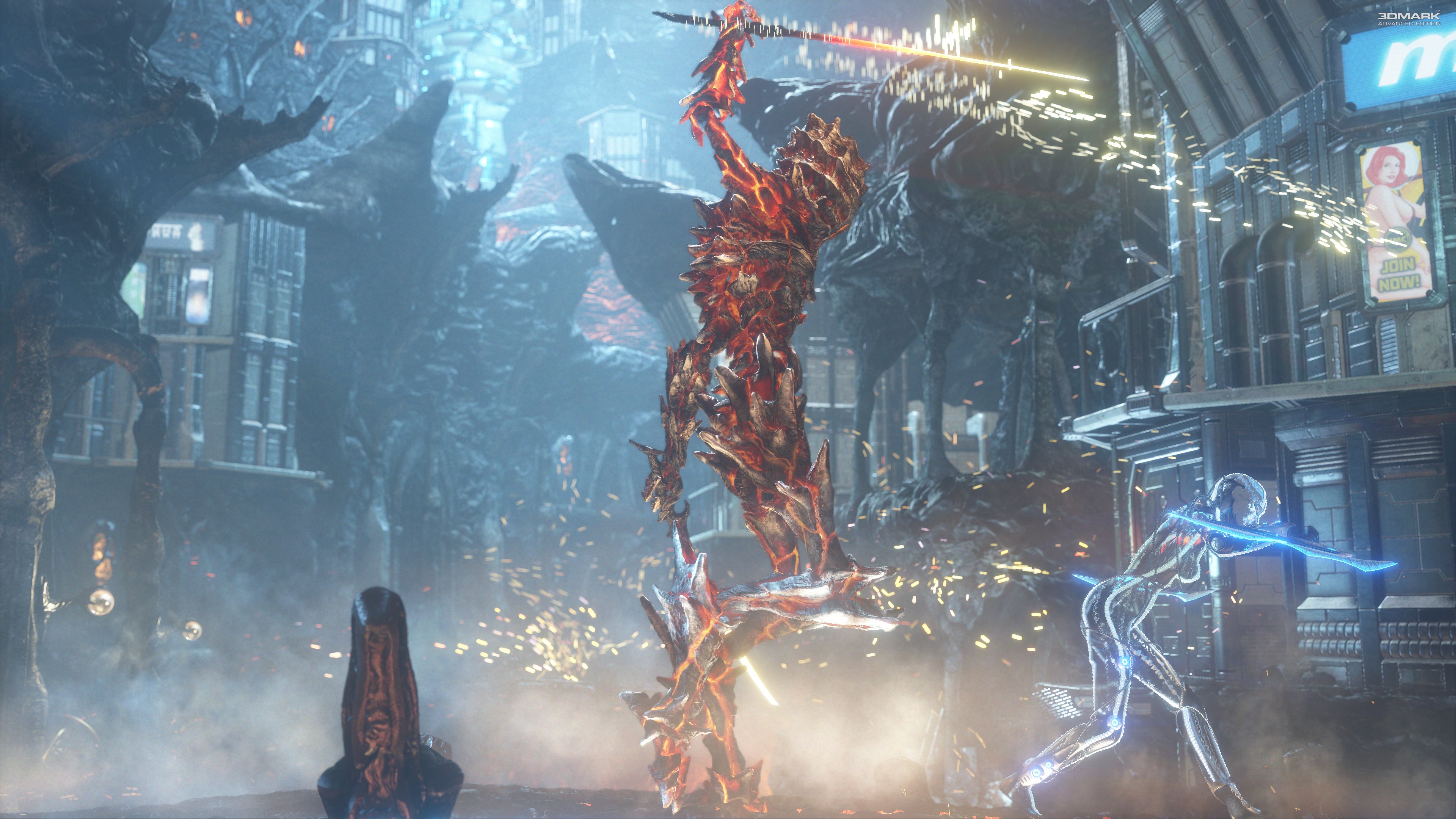- Qualcomm Launches Snapdragon 4 Gen 2 Mobile Platform
- AMD Launches Ryzen PRO 7000 Series Mobile & Desktop Platform
- Intel Launches Sleek Single-Slot Arc Pro A60 Workstation Graphics Card
- NVIDIA Announces Latest Ada Lovelace Additions: GeForce RTX 4060 Ti & RTX 4060
- Maxon Redshift With AMD Radeon GPU Rendering Support Now Available
AMD Ryzen 7 3700X & Ryzen 9 3900X Workstation Performance
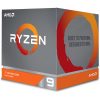
How do AMD’s latest CPUs fare in workstation workloads? This article is going to investigate that, pitting the 8-core Ryzen 7 3700X and 12-core Ryzen 9 3900X against a wide-range of tests. Those include audio and video encoding, lots of rendering, photogrammetry, science, and for good measure: gaming.
Page 2 – Test Methodology & Systems
Benchmarking a CPU may sound like a simple enough task, but in order to deliver accurate, repeatable results, and not to mention results that don’t favor one vendor over another, strict guidelines need to be adhered to. That in turn makes for rigorous, time-consuming testing, but we feel that the effort is worth it.
This page exists so that we can be open about how we test, and give those who care about testing procedures an opportunity to review our methodology before flaming us in the comments. Here, you can see a breakdown of all of our test machines, specifics about the tests themselves, and other general information that might be useful.
Let’s start with a look at the test platforms, for AMD’s TR4 (MSI’s MEG X399 Creation) and AM4 (Aorus X570 MASTER), along with Intel’s LGA2011-v3 (ASUS’ ROG STRIX X299-E GAMING), and LGA1151 (ASUS’ ROG STRIX Z390-E GAMING).
On Intel’s platforms with ASUS motherboards, we disabled the “MultiCore Enhancement” feature, which effectively overclocks the processor. On AMD’s platforms, the same kind of feature doesn’t exist on our chosen motherboards. The Aorus X570 MASTER has a “Core Performance Boost” option in its EFI, but performance drops well below expected levels when it’s turned off, so we believe it to represent AMD’s own Precision Boost, and thus left it enabled.
On the mitigation front, nothing is explicitly done outside of having the most up-to-date EFI and chipset driver installed on every motherboard. Systems are effectively default, and whichever security mitigations are applied will be automatic ones applied by the motherboard firmware or driver vendor.
All platforms were run with DDR4-3200 speeds, and 14-14-14 timings. Since Zen 2 can support high-end memory, we will explore that testing down-the-road and see what changes.
Here’s the full breakdown of the test rigs:
Techgage’s CPU Testing Platforms
| AMD TR4 Test Platform | |
| Processor | AMD Ryzen Threadripper 2990WX (3.0GHz, 32C/64T) AMD Ryzen Threadripper 2950X (3.5 GHz, 16C/32T) |
| Motherboard | MSI MEG X399 Creation CPUs tested with BIOS 7B92v13 (April 11, 2019) |
| Memory | G.SKILL Flare X (F4-3200C14-8GFX) 8GB x 4 Operates at DDR4-3200 14-14-14 (1.35V) |
| Graphics | NVIDIA TITAN Xp (12GB; GeForce 430.86) |
| Storage | WD Blue 3D NAND 1TB (SATA 6Gbps) |
| Power Supply | Cooler Master Silent Pro Hybrid (1300W) |
| Chassis | Cooler Master MasterCase H500P Mesh |
| Cooling | Enermax LIQTECH TR4 240mm |
| Et cetera | Windows 10 Pro (1903, Build 18362) |
| AMD AM4 Test Platform | |
| Processors | AMD Ryzen 9 3900X (3.8GHz, 12C/24T) AMD Ryzen 7 3700X (3.6GHz, 8C/16T) AMD Ryzen 7 2700X (3.7GHz, 8C/16T) |
| Motherboard | Aorus X570 MASTER CPU tested with BIOS F5c (June 27, 2019) |
| Memory | G.SKILL Flare X (F4-3200C14-8GFX) 8GB x 4 Operates at DDR4-3200 14-14-14 (1.35V) |
| Graphics | NVIDIA TITAN Xp (12GB; GeForce 430.86) |
| Storage | WD Blue 3D NAND 1TB (SATA 6Gbps) |
| Power Supply | EVGA Bronze 600B1 (600W) |
| Chassis | Fractal Design Define C |
| Cooling | Noctua NH-U12S SE-AM4 (1x120mm) |
| Et cetera | Windows 10 Pro (1903, Build 18362) |
| Intel LGA2011-3 Test Platform | |
| Processors | Intel Core i9-9980XE (3.0GHz, 18C/36T) Intel Core i9-7900X (3.3GHz, 10C/20T) |
| Motherboard | ASUS ROG STRIX X299-E GAMING CPU tested with BIOS 1704 (February 21, 2019) |
| Memory | G.SKILL Flare X (F4-3200C14-8GFX) 8GB x 4 Operates at DDR4-3200 14-14-14 (1.35V) |
| Graphics | NVIDIA TITAN Xp (12GB; GeForce 430.86) |
| Storage | WD Blue 3D NAND 1TB (SATA 6Gbps) |
| Power Supply | Corsair Professional Series Gold AX1200 (1200W) |
| Chassis | Corsair Carbide 600C |
| Cooling | NZXT Kraken X62 AIO (280mm) |
| Et cetera | Windows 10 Pro (1903, Build 18362) |
| Intel LGA1151 Test Platform | |
| Processors | Intel Core i9-9900K (3.60GHz, 8C/16T) |
| Motherboard | ASUS ROG STRIX Z390-E GAMING CPU tested with BIOS 1005 (April 28, 2019) |
| Memory | G.SKILL Flare X (F4-3200C14-8GFX) 8GB x 4 Operates at DDR4-3200 14-14-14 (1.35V) |
| Graphics | NVIDIA TITAN Xp (12GB; GeForce 430.86) |
| Storage | WD Blue 3D NAND 1TB (SATA 6Gbps) |
| Power Supply | Corsair RM650X (1200W) |
| Chassis | NZXT S340 Elite Mid-tower |
| Cooling | Corsair Hydro H100i V2 AIO Liquid Cooler (240mm) |
| Et cetera | Windows 10 Pro (1903, Build 18362) |
Testing Considerations
For our testing, we use Windows 10 build 18362 (1903) with full updates as the base. Basic guidelines:
- Everything is disabled in “Customize settings” during OS install.
- 3D Vision and GeForce Experience are not installed with the graphics driver.
- Services are disabled: Search, Cortana, User Account Control, and Defender.
- Most preinstalled Windows Store bloatware is uninstalled.
- The “Ultimate Performance” power profile is used, and screen timeouts are disabled.
- All notifications are disabled.
- Testing doesn’t begin until the PC is idle (keeps a steady minimum wattage).
- OSes are never transplanted from one machine to another.
- The “This PC” icon is added to the desktop (hey – it’s important!)
Encoding Tests
Adobe Premiere Pro
Agisoft Metashape
HandBrake
LameXP
MAGIX Vegas
(You can click each name to go straight to that result.)
Rendering Tests
Adobe Dimension
Arnold (Maya 2019) (Also relevant to: 3ds Max, C4D, Houdini, Katana, Softimage)
Blender
Cinebench
Cinema 4D
Corona (3ds Max 2019) (Also relevant to: C4D)
KeyShot
POV-Ray
V-Ray Next (3ds Max 2019) (Also relevant to: C4D, Houdini, Maya, Rhino, SketchUp)
V-Ray Benchmark
SiSoftware Sandra 2019
(You can click each name to go straight to that result.)
Gaming Tests
Counter-Strike: Global Offensive
Far Cry 5
Tom Clancy’s Rainbow Six Siege
UL 3DMark
(You can click each name to go straight to that result.)
If you think there’s some information lacking on this page, or you simply want clarification on anything in particular, don’t hesitate to leave a comment.
Support our efforts! With ad revenue at an all-time low for written websites, we're relying more than ever on reader support to help us continue putting so much effort into this type of content. You can support us by becoming a Patron, or by using our Amazon shopping affiliate links listed through our articles. Thanks for your support!




